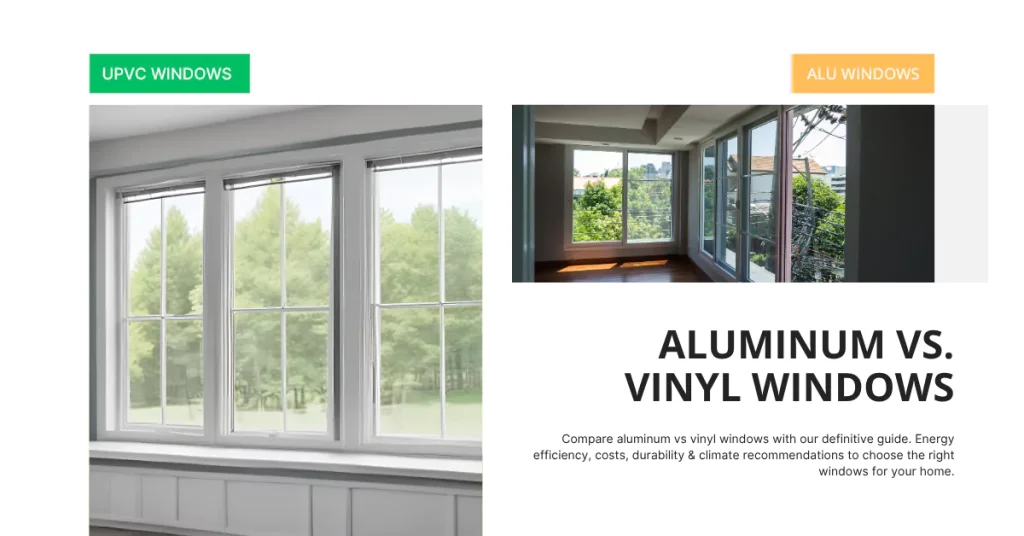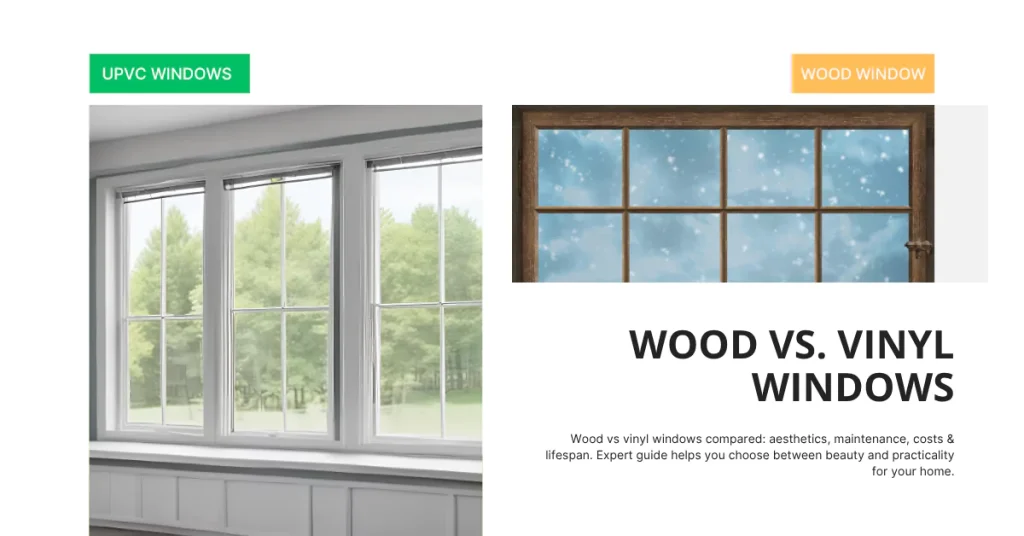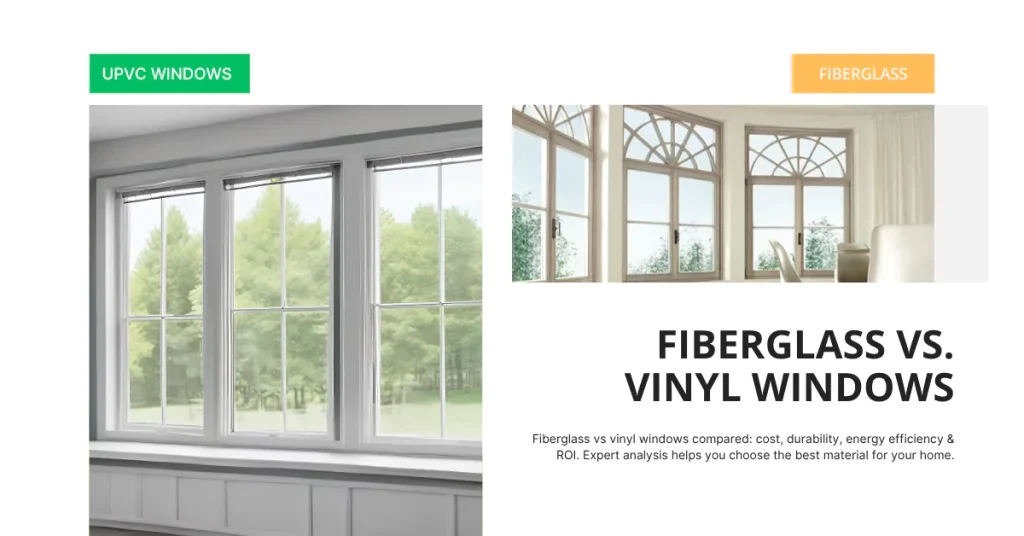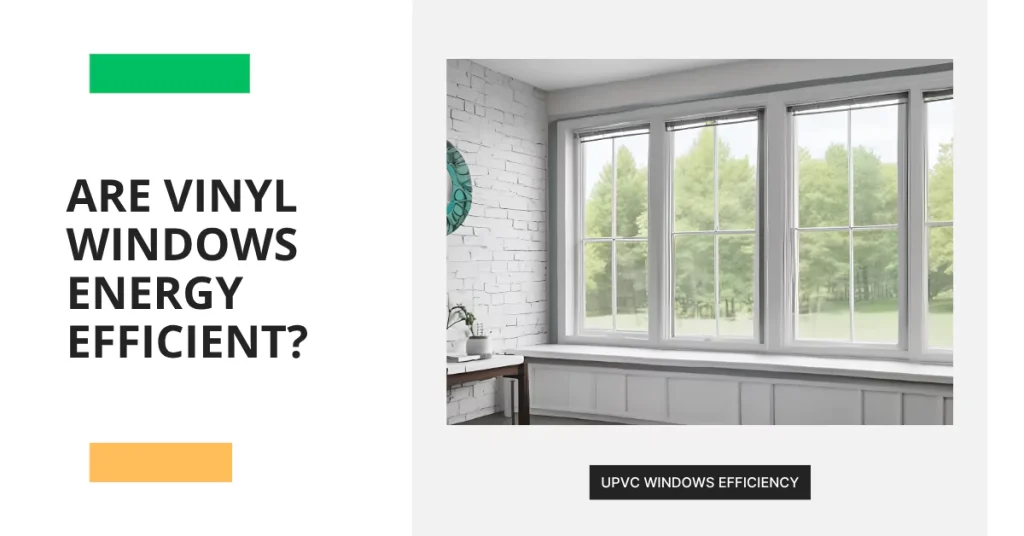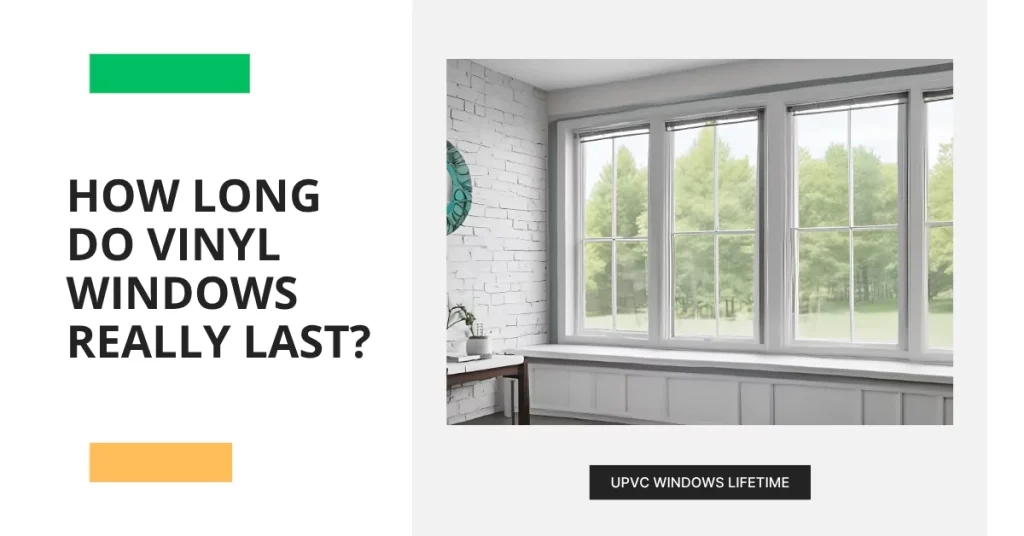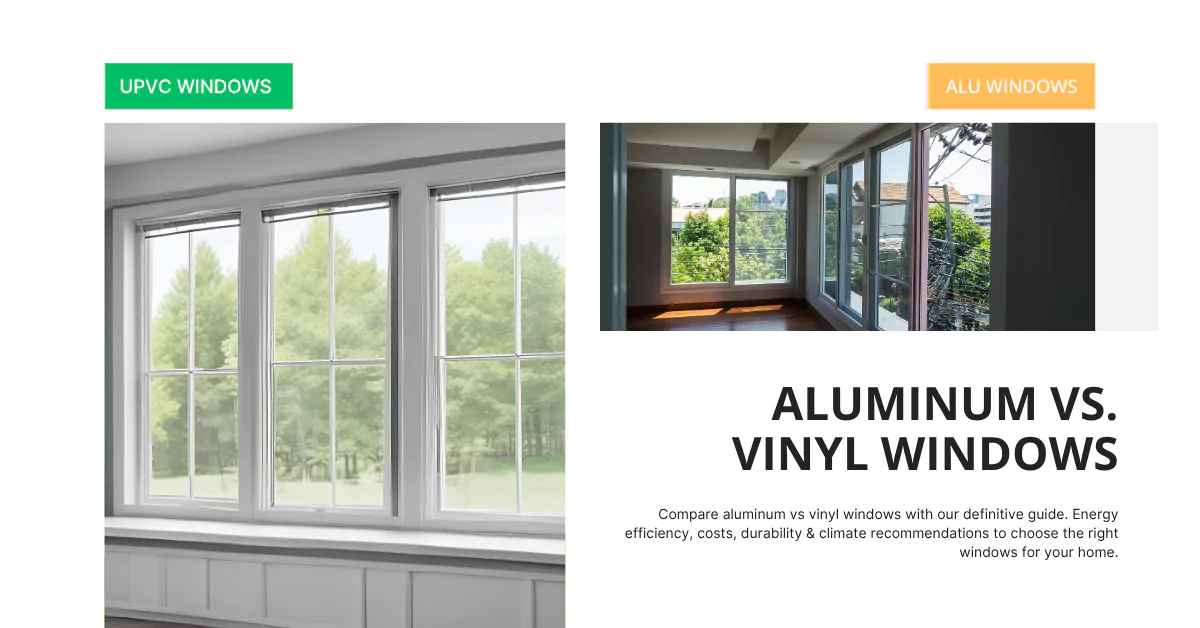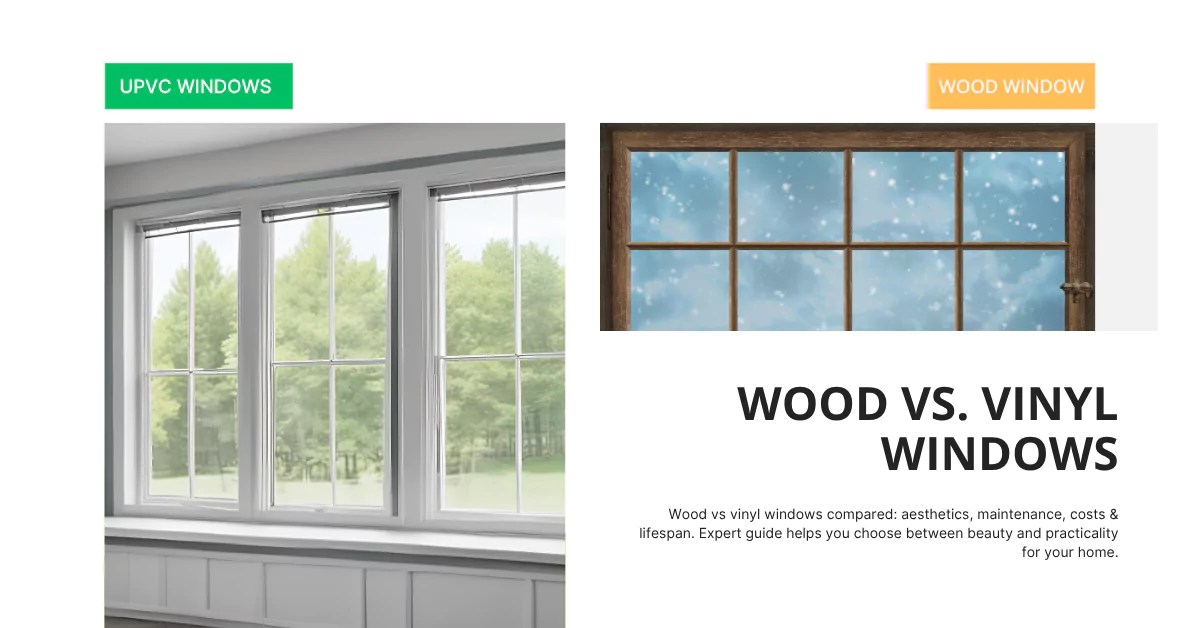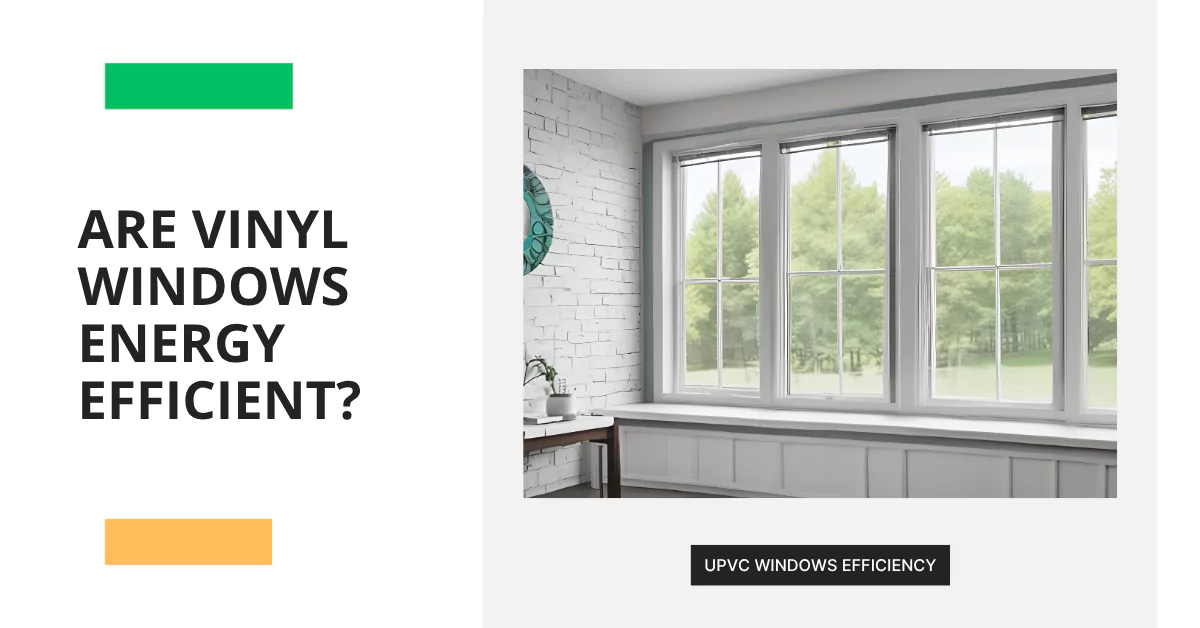Is your home feeling like a sauna in the summer and an icebox in the winter, all thanks to those large, beautiful sliding glass doors? While they offer stunning views and natural light, sliding glass doors can be notorious energy drains.
- In summer, they invite unwanted heat, forcing your AC to work overtime and inflating your energy bills.
- In winter, they become pathways for precious heat to escape, leaving you shivering and reaching for the thermostat.
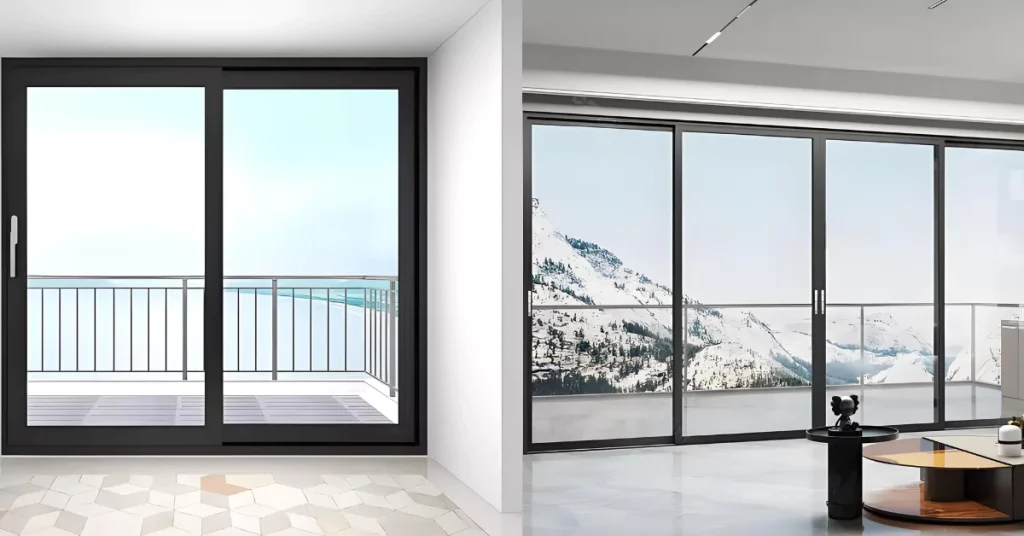
But don’t worry, you don’t have to sacrifice your patio views for comfort! Insulating your sliding glass doors is easier than you think and can make a significant difference in your home’s comfort and energy efficiency year-round.
This comprehensive guide will walk you through simple, effective methods to insulate your sliding glass doors for all seasons, helping you save money and create a cozier home.
Why Insulate Your Sliding Glass Doors?
Glass, by nature, isn’t a great insulator. It readily transfers heat and cold. This means:
- Summer Heat Gain: Sunlight streaming through uninsulated glass doors turns your home into a heat trap, straining your air conditioning system.
- Winter Heat Loss: In colder months, heat escapes quickly through glass doors, making your heating system work harder to maintain a comfortable temperature.
By taking steps to insulate your sliding glass doors, you can create a barrier against these temperature extremes, leading to:
- Increased Comfort: Enjoy a more consistently comfortable temperature in your home, regardless of the season.
- Lower Energy Bills: Reduce the workload on your HVAC system, leading to significant savings on your energy costs.
- Reduced Drafts: Eliminate those uncomfortable cold drafts in winter and hot spots in summer near your doors.
Let’s explore practical and easy-to-implement insulation methods, starting with everyday maintenance and moving towards more robust solutions.
Part 1: Simple, Year-Round Insulation Strategies
These are foundational steps you should incorporate regardless of the season. They are low-cost and require minimal effort.
1. Maintain Clean Door Tracks
Debris buildup in the sliding door track is a common culprit for poor sealing. Dirt, leaves, and small particles can prevent the door from closing tightly, creating gaps for air to leak through. Even slight gaps can compromise insulation.
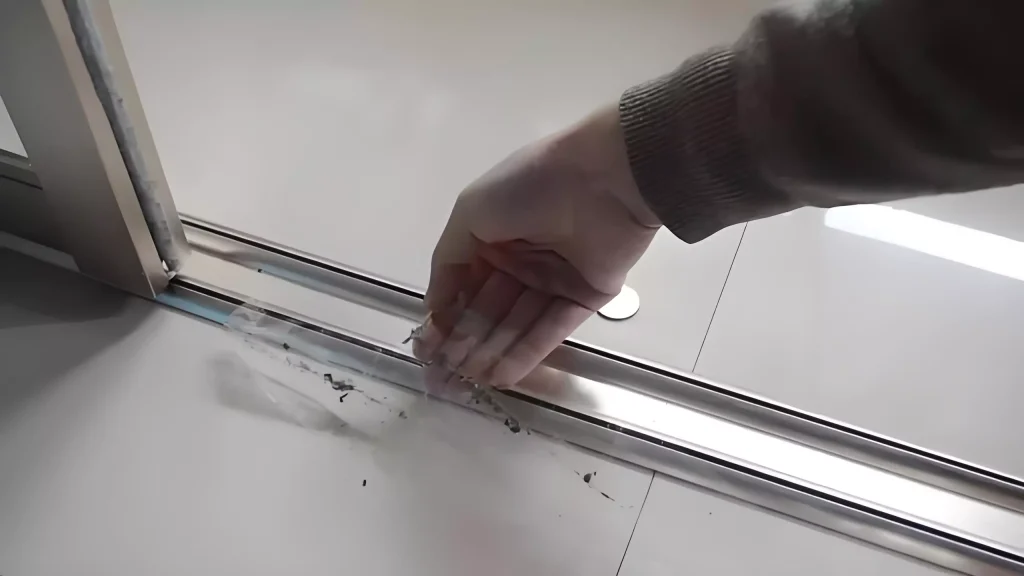
Easy Track Cleaning Steps:
- Initial Debris Removal: Pick out any large debris visible in the track.
- Vacuum Power: Use a vacuum cleaner with a crevice tool attachment to thoroughly clean the track channels.
- Damp Wipe: Finish by wiping the track with a damp cloth to remove any remaining fine dust or grime.
Regular track cleaning ensures your door glides smoothly and seals properly against the weather stripping.
2. Inspect and Upgrade Your Door Seals
The seals around your sliding glass door are your first line of defense against air leaks. These seals typically consist of weather stripping and caulk.
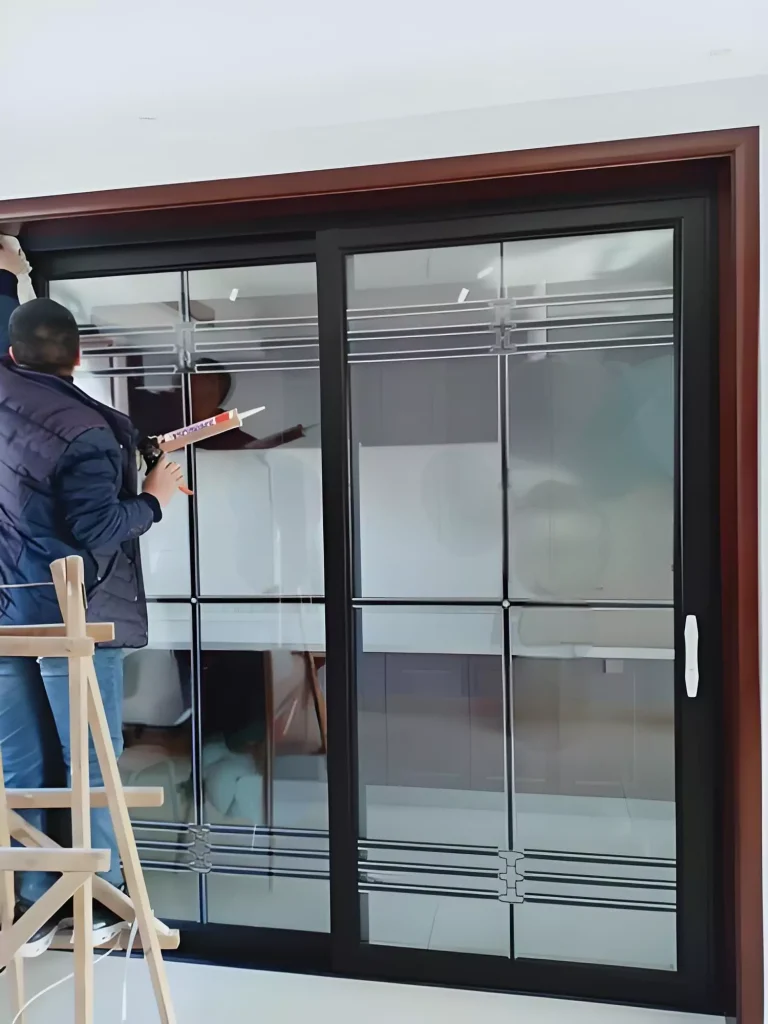
Weather Stripping: Your Flexible Seal
Weather stripping is the flexible material (rubber, foam, felt, or plastic) lining the edges of your door and frame. It compresses when the door is closed, filling gaps and preventing air infiltration.
Identifying Weather Stripping Issues:
- Visual Inspection: Examine the weather stripping for cracks, tears, flattening, or missing sections.
- Draft Detection: On a windy day, close the door and carefully feel for drafts along the edges. You can also hold a lit candle or incense stick near the seals to see if the flame flickers, indicating airflow.
- Light Test: With the door closed and lights off inside, look for any daylight peeking through the seals.
Replacing Worn Weather Stripping:
- Purchase New Weather Stripping: Find replacement weather stripping at any home improvement store. Common types include V-strip, foam tape, and brush seals. Choose the type that best matches your existing stripping or the gap you need to seal.
- Remove Old Stripping: Carefully peel off the old weather stripping, removing any adhesive residue.
- Measure and Cut: Measure the areas requiring new stripping and cut the new strips to the correct lengths.
- Apply New Stripping: Most weather stripping has an adhesive backing. Peel off the backing and firmly press the new stripping into place, ensuring a tight fit along the door frame.
Caulk: Sealing Fixed Gaps
Caulk is a sealant used to fill stationary gaps and cracks where the door frame meets the wall. It provides a permanent, airtight seal.
Checking and Repairing Caulk:
- Inspect for Damage: Examine the caulk joints around the door frame for cracks, gaps, or crumbling caulk.
- Recaulking:
- Remove Old Caulk: Use a utility knife or caulk removal tool to carefully scrape away the old, damaged caulk.
- Clean the Surface: Clean the area with a damp cloth and allow it to dry completely.
- Apply New Caulk: Load a caulk tube into a caulking gun. Apply a bead of caulk along the joint, holding the gun at a 45-degree angle.
- Smooth the Caulk: Use a wet finger or a caulk smoothing tool to create a smooth, even seal.
- Drying Time: Allow the caulk to dry completely according to the manufacturer’s instructions.
Part 2: Window Coverings for Enhanced Insulation
Beyond basic seals, adding window coverings provides an extra layer of insulation and light control.
3. Curtains and Drapes: Style Meets Insulation
Curtains and drapes offer both aesthetic appeal and functional insulation. Thermal curtains or insulated drapes are specifically designed for energy efficiency, featuring multiple layers and dense fabrics to block heat transfer and light.
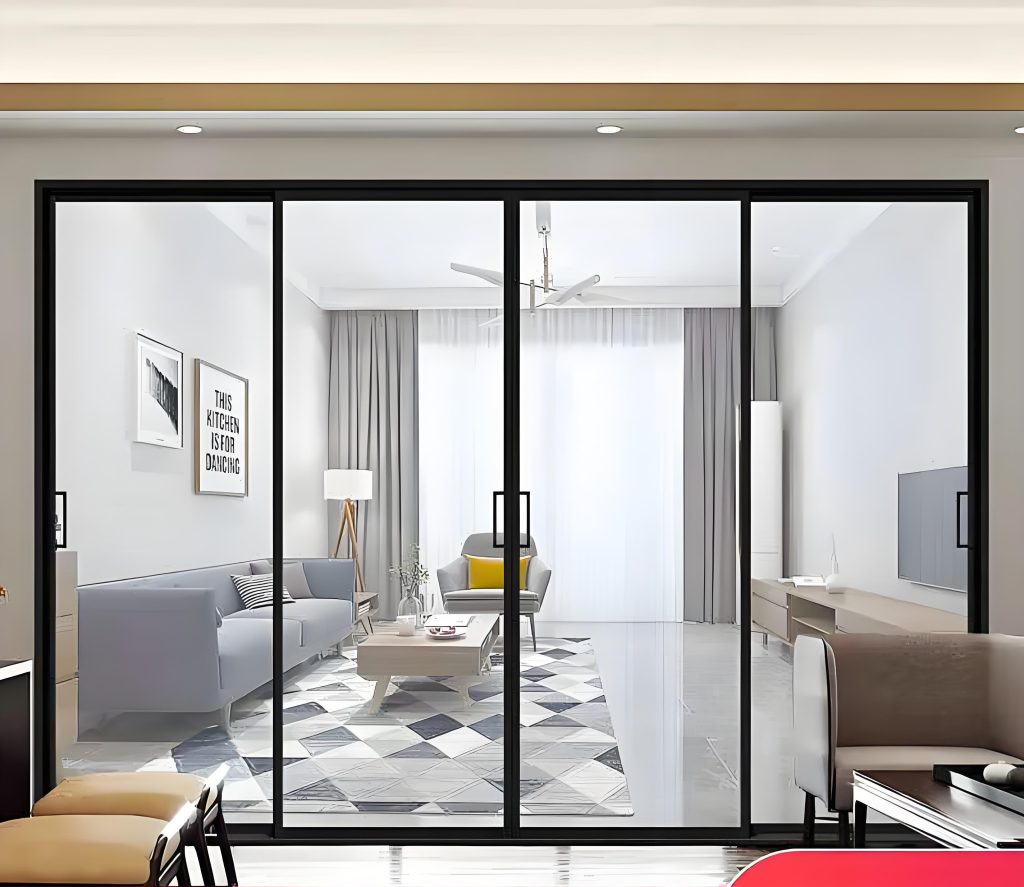
Benefits of Curtains and Drapes:
- Aesthetic Enhancement: Add style, color, and texture to your room.
- Light Blocking: Control natural light for comfort and sleep.
- Enhanced Insulation (Thermal Options): Significantly reduce heat gain in summer and heat loss in winter.
- Privacy: Provide privacy from outside views.
- Variety: Available in countless colors, patterns, and materials to match your décor.
Tips for Effective Curtain Use:
- Full Coverage: Ensure curtains extend beyond the door frame on all sides to minimize light and air gaps.
- Seasonal Adjustment: Keep curtains closed during peak heat or cold periods. Open them during sunny winter days to allow solar heat gain.
- Thermal Properties: Prioritize thermal curtains with thick linings for optimal insulation.
4. Blinds and Shades: Versatile Light and Energy Control
Blinds and shades offer a range of styles and functionalities, with some excelling at insulation. Cellular shades (honeycomb shades) are particularly effective due to their air-trapping cellular construction. Vertical blinds are a common choice for sliding glass doors, offering light control and a sleek look. Shutters provide a more permanent and energy-efficient option.
| Feature | Description & Insulation Notes |
| Cellular Shades | Excellent insulation due to air-trapping cells. Available in various fabrics and light-filtering options. |
| Vertical Blinds | Common for sliding doors, offer light control. Material impacts insulation (vinyl, fabric, aluminum). |
| Shutters | Durable, energy-efficient, classic style. Can increase home value. Adjustable louvers for light and airflow control. |
5. Window Film: A Thin Layer with Big Impact
Window film is a cost-effective and easy-to-apply solution for improving glass door insulation. It’s a thin, adhesive sheet applied directly to the glass surface, designed to reflect solar radiation and reduce heat transfer.
Benefits of Window Film:
- Budget-Friendly and DIY-Friendly: Relatively inexpensive and simple to install.
- Summer Heat Reduction: Significantly reduces solar heat gain, keeping rooms cooler.
- Winter Heat Retention (Some Films): Certain films offer low-e properties to help retain heat indoors during winter.
- UV Ray Blocking: Protects furniture and flooring from fading and damage caused by harmful UV rays.
- Glare Reduction: Minimizes glare for enhanced comfort and visibility.
- Increased Privacy (Tinted Films): Offers varying degrees of privacy depending on the tint level.
Applying Window Film (General Steps):
- Thoroughly Clean Glass: Ensure the glass surface is spotless and free of debris.
- Precise Cutting: Cut the film slightly larger than the glass pane for easier handling.
- Adhesive Application: Some films are self-adhesive; others require a soapy water solution for application. Follow manufacturer instructions carefully.
- Smooth Application: Use a squeegee to smooth out air bubbles and ensure proper adhesion.
- Heat Shrinking (Some Films): A hair dryer can be used to shrink and tighten certain films for a wrinkle-free finish.
6. Plastic Window Insulation Kits: A Seasonal Barrier
For an extra layer of winter insulation, plastic window insulation kits offer a temporary and affordable solution. These kits involve stretching a thin plastic sheet over the door frame and sealing it with tape.
7. Door Draft Stoppers: Blocking Bottom-Door Drafts
Door draft stoppers are simple fabric tubes or adhesive strips placed at the bottom of the door to block drafts entering under the door.
8. Insulating Panels: Temporary Light Block for Maximum Insulation
Insulating panels, made of rigid foam or plastic, are cut to fit and temporarily cover the glass portion of non-operable sliding door panels. While they block light completely, they offer excellent insulation.
9. Exterior Shading: Blocking Sun Before It Hits the Glass
Exterior shading devices, like awnings, exterior blinds, or shutters, are highly effective at preventing heat gain by intercepting sunlight before it reaches your glass doors.
Part 3: Advanced Insulation Upgrades
For more significant and permanent insulation improvements, consider these upgrades.
10. High-Performance Window Film: Maximize Heat Rejection
Upgrade to specialized heat-blocking window films designed for maximum solar heat rejection. These films often incorporate advanced coatings to reflect a greater percentage of infrared and UV radiation.
11. Low-E Glass: A Built-in Insulation Advantage
When replacing glass or installing new sliding glass doors, opt for Low-emissivity (Low-E) glass. This glass features a microscopic coating that reflects heat, improving energy efficiency year-round.
12. Double or Triple Pane Glass: Multiple Layers for Superior Insulation
Upgrade to double-pane or even triple-pane glass sliding doors. The air or gas-filled space between the glass panes acts as a significant insulator, dramatically reducing heat transfer.
13. Insulate Around the Door Frame: Seal Hidden Gaps
Ensure proper insulation around the door frame itself. Gaps between the frame and wall can be filled with spray foam or fiberglass insulation to prevent air leaks.
Part 4: Maintaining Your Insulation & Considering Replacement
Regular Maintenance is Key
When to Consider New, Energy-Efficient Doors
Newer sliding glass doors are engineered for superior energy performance, often featuring double or triple pane glass, Low-E coatings, and improved frame insulation. While a larger investment, new doors can provide long-term energy savings and enhanced home comfort.
Part 5: Seasonal Considerations
While many insulation methods are effective year-round, some are particularly beneficial for specific seasons:
- Winter Focus: Prioritize methods that prevent heat loss and block cold drafts (e.g., thermal curtains, draft stoppers, plastic window kits, enhanced weather stripping). For in-depth winter strategies, see our guide: insulate sliding glass doors for winter.
- Summer Focus: Concentrate on methods that reduce heat gain and block sunlight (e.g., window film, reflective blinds, exterior shading). For detailed summer cooling techniques, explore our post: insulate sliding glass doors for summer.
Conclusion: Enjoy a More Comfortable, Energy-Efficient Home
Insulating your sliding glass doors is a worthwhile investment in your home’s comfort and energy savings. By implementing these easy-to-follow steps, you can minimize heat transfer, reduce your energy bills, and enjoy a more pleasant living environment throughout the year.
Start with the simple maintenance tasks and window coverings, and consider more advanced upgrades for even greater energy efficiency. Explore our seasonal guides for targeted strategies to combat winter chill and summer heat through your sliding glass doors!

